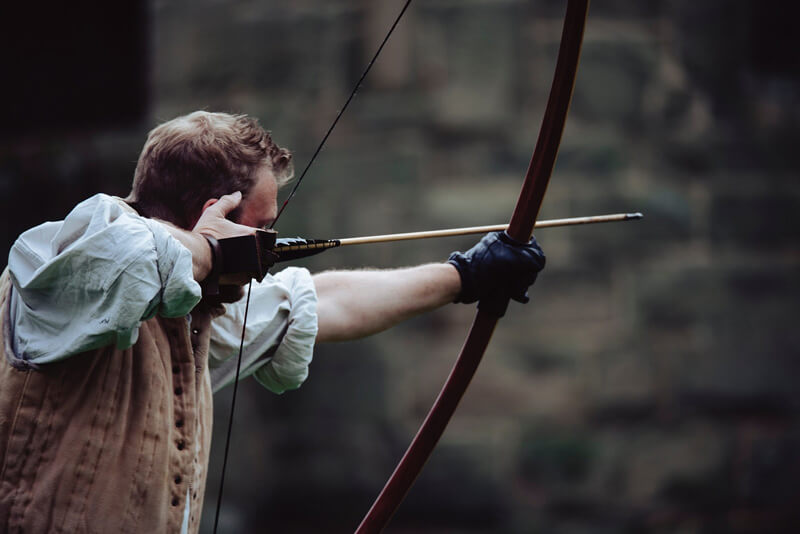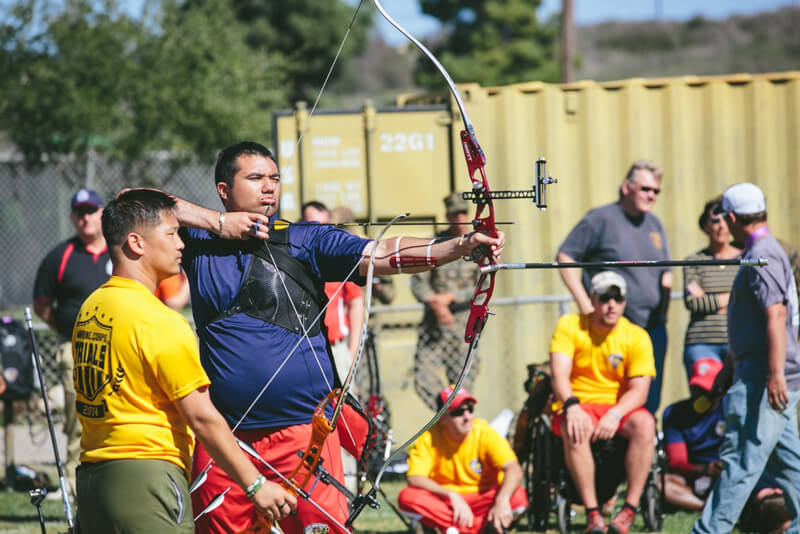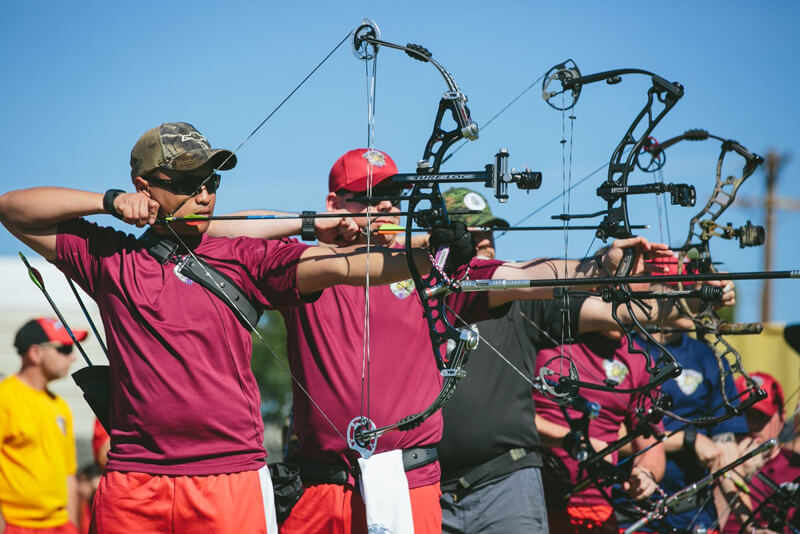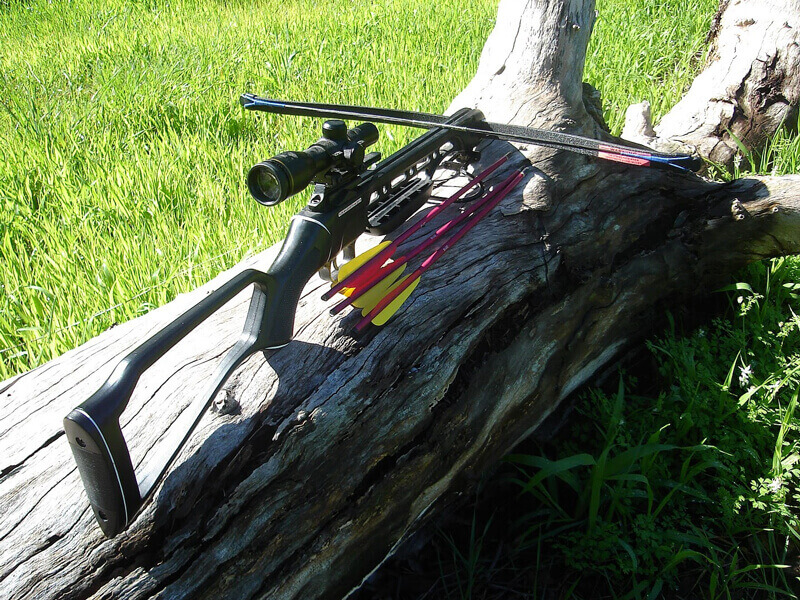TYPES OF ARCHERY BOWS
Mar 9th 2018
As simple as a bow and arrow may seem, there have been many types of bows throughout history with very different capabilities and purposes. Over the centuries, bows have evolved to fit into a few simple categories that people still use today for competitions, hunting, and other amusement.
The very first bows were made of primitive materials that were readily available, but today’s bows are made with cutting edge substances like carbon fiber and fiberglass. You’ve probably shot at least one of the most popular modern types of bows, but there are still others out there for you to try. Explore a few more different kinds of bows and discover whether they might be the perfect option for you.
Longbows

A longbow is typically made from a single piece of wood (or several pieces tightly laminated). It is one of the oldest types of bows, but is deceptively effective over long distances. Their first recorded use was in the early 13th century. While they may not have the same velocity as a modern recurve or compound bows, they were very advanced technology for their time.
The longbow is a good choice for beginner archers who are looking to have fun and challenge themselves. In terms of competitive archery, you can use the longbow in very specific contentions. The UK allows the longbow type of bow in field, flight, clout, and target competitions while world archery only allows it in field competitions.
Recurve Bows

The recurve type of bow was historically used by men on horseback. Today, the recurve bow is mainly known for competitive Olympic archery. When you first examine the recurve bow, it’s easy to see where it gets its name. As with all types of bows, the central portion of the bow points away from the archer and the limbs gradually curve backward, but with this bow, the limbs change direction distinctly and begin to curve away from the archer at the tips. In comparison with the longbow above, the recurve bow has a number of waves in its structure.
Simple physics tells us that this shape of bow takes some tension off the draw and gives the bow a bit of added power. If you were taught to shoot a bow many years ago, the recurve bow you know was made of a solid piece of material. The modern version of the recurve bow usually consists of three parts and a handle that can be taken apart and reassembled. These parts are referred to as the riser and a pair of limbs.
Compound Bows

Compound bows are an extremely modern iteration of this weapon that use advanced physics to create a compact design with incredible force and power. When looking at a compound bow, you will see metal risers and composite limbs. The limbs here are shorter than those on different kinds of bows, and there is a complex pulley system that depends on wheels or cams.
These types of bows were first produced in the 1960’s and utilize the complex pulley systems to assist the archer in holding a heavy draw weight even at full draw. Because of this attribute, these bows have deadly accuracy and give the archers additional time to aim without incurring muscle fatigue associated with normal draw weights.
Crossbows

This type of bow is thought to originate in China, but by the late 5th century, it could be found throughout Europe. A crossbow is most similar to a firearm due to the way it is fired. The bows are drawn back by a crank and the string is attached to a trigger mechanism that is locked into place until it is pulled.
Crossbows have short ranges and don’t usually perform to the standards of other types of bows. You can improve the performance of a crossbow by increasing the draw weight, but the amount of weight required is disproportionately heavy when compared to the required weight of other bows.
Because of their similarity to firearms, crossbows are the most highly regulated kind of bow.
Different Kinds of Bows
Perhaps the experts at 60X Custom Strings have managed to introduce you to a new bow style that you haven’t experienced before. Now that you know a little bit more about your options, it’s time to test out these bow types and decide which one is best for you.







